啤酒瓶洗瓶机的设计(含CAD零件装配图,SolidWorks三维造型)
无需注册登录,支付后按照提示操作即可获取该资料.
啤酒瓶洗瓶机的设计(含CAD零件装配图,SolidWorks三维造型)(论文说明书15800字,CAD图纸10张,SolidWorks三维图)
摘要
本课题来源于当今社会机械工业洗瓶设备的创新和更新换代基础之上,通过设计出啤酒瓶洗瓶机,从而来满足当今社会工字轮洗瓶设备不足的缺陷。
国内啤酒瓶洗瓶机设备的研发及制造要与全球号召的高效经济、洗瓶质量好,效率高等主题保持一致。近期对机械行业中啤酒瓶洗瓶机的使用情况进行了调查,发现在机械行业中,瓶子的使用非常普遍。自然而然在机械设备中它们的清洗也非常频繁。传动的瓶子在没有自动洗瓶设备而需要人工清洗的情况下,效率低下,劳动强度大,所以设计一个专用的啤酒瓶洗瓶机势在必行。
本文运用大学所学的知识,提出了啤酒瓶洗瓶机的结构组成、工作原理以及主要零部件的设计中所必须的理论计算和相关强度校验,构建了啤酒瓶洗瓶机总的指导思想,从而得出了该啤酒瓶洗瓶机的优点是高效,经济,并且校正质量高,运行平稳的结论。
关键词:啤酒瓶洗瓶机;设备;结构;稳定
The design of beer bottle washing machine
Abstract
The overall scheme of this paper to the electric push rod as the main component to design manned three degree of freedom triangular robot. The mechanism adopts the unified action, the coordinated control principle, by opening the travel of the push rod to realize the robot foot movement, to achieve a manned with three degrees of freedom robot motion control in the triangle by control system, the control system to control, so the control of flexible, multi sample. People can sit on the robot, the controller is adopted to control the robot's movement, the realization of some people rely on their own to complete the function of the leg muscles.
Must regard as the machine design is the machine design personnel carries on using creative ability the product design, the system analysis and a formulation product manufacture technology good opportunity.
Key words:Machine manufacture;Crankshaft;Processing craft;Fixture
啤酒瓶洗瓶机的工作原理
本次设计的啤酒瓶洗瓶机的工作原理为:通过三相异步电机带动同步轮传动,从而带动凸轮滚子连杆机构动作,从而带动进瓶推杆的往复运动,当推杆回程时,瓶子刚好进入预定的进瓶位置,当推杆推程时,就实现了送瓶子到预定的洗瓶位置,并开始洗瓶动作。由于该机构动作稳定,速度为取决于凸轮轮廊曲线的形状,所以确定好凸轮的结构,基圆大小等等就能够确定推杆的运动轨迹,所以能够满足送瓶机构的需要。
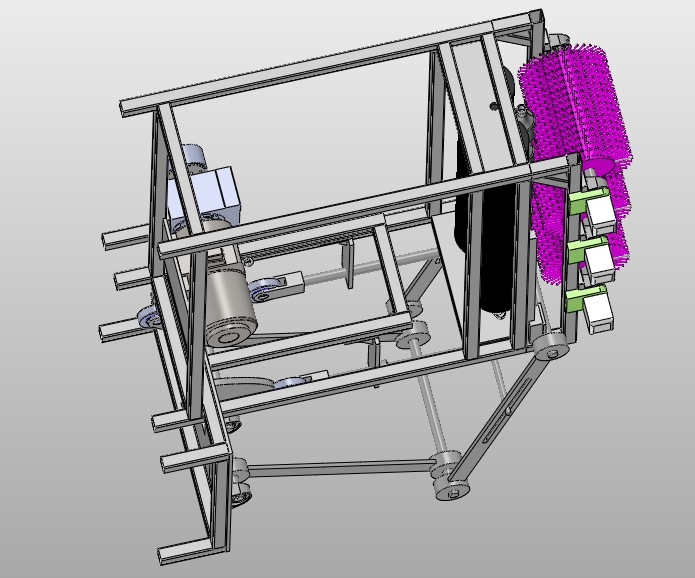
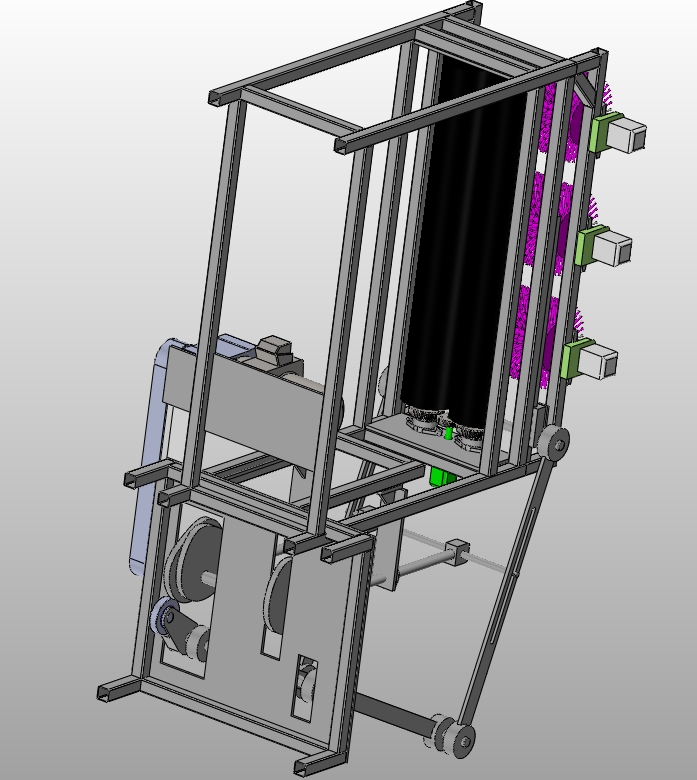
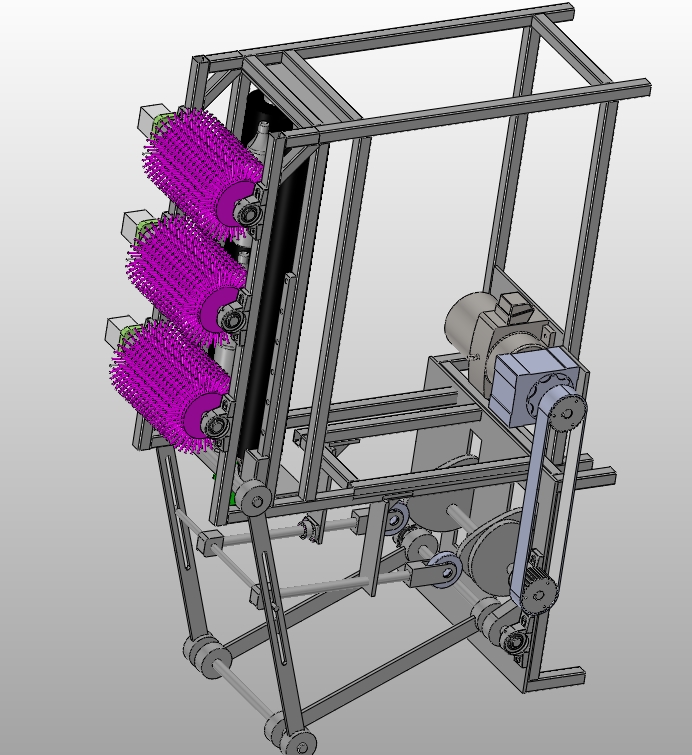
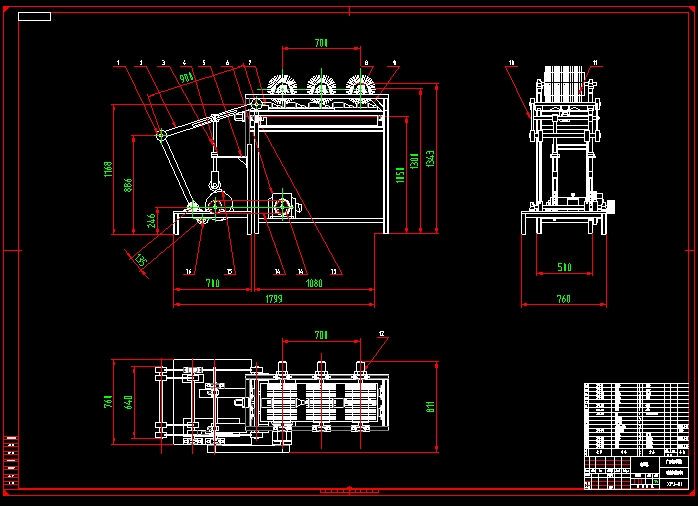
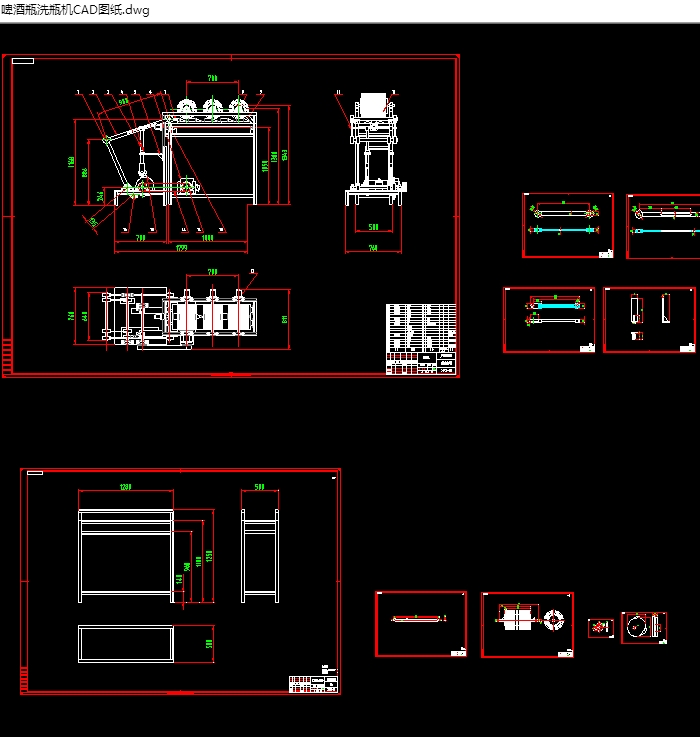
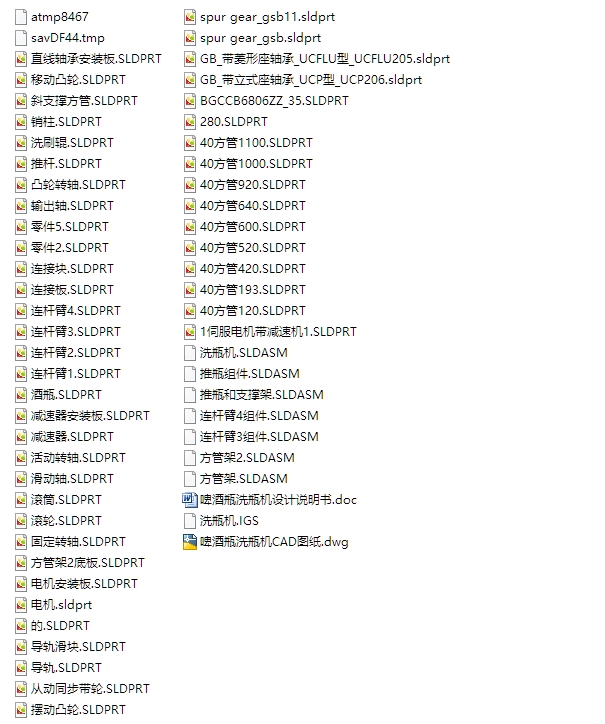
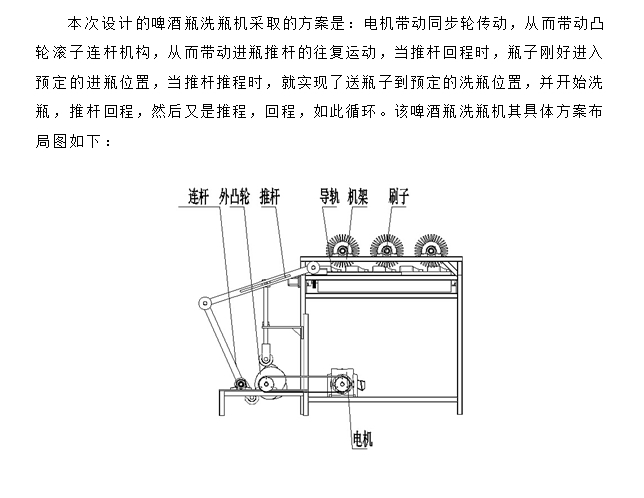
目录
绪论 1
第一章 课题的来源与研究的目的和意义 1
第二章 本课题研究的内容 3
第三章 Pro/e设计基础 4
3.1 草图绘制 5
3.2 基准特征,参考几何体的创建 6
3.3 拉伸、旋转、扫描和放样特征建 7
3.4 工程图的设计 10
3.5 装配设计 11
第四章 啤酒瓶洗瓶机总体方案结构的设计 16
4.1 送瓶机构方案的选择 18
4.2 啤酒瓶洗瓶机的总体方案图 22
4.2 啤酒瓶洗瓶机的工作原理 22
第五章 机械结构的设计 24
5.1 电机的选型计算 25
5.2 齿轮传动的设计计算 25
5.3.直线导杆的选型计算 26
5.4 齿轮的强度校核 27
5.5 凸轮-铰链四杆机构 27
5.5.1凸轮伦廊曲线的设计 28
5.5.2 凸轮行程与压力角的设计 29
5.5.3 杆长的设计 30
第六章 三维软件设计总结 31
结论 33
参考文献 34
致谢 35
